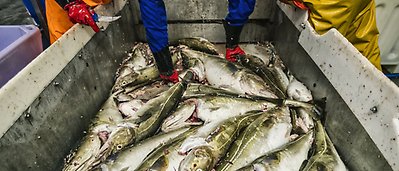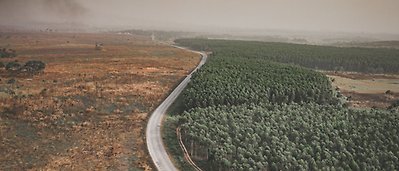Changes in secondary vegetation dynamics in a context of decreasing deforestation rates in Pará, Brazilian Amazon
Summary
Tropical secondary vegetation is of particular interest as carbon sinks, potential lands for agriculture and livestock expansion, biodiversity conservation and ecosystem services. Until mid-2000s estimates of secondary vegetation in the Brazilian Amazon indicated a progressive increase of this cover, however after 2010, only 1197 km2 of additional secondary vegetation were generated, while 42,040 km2 were converted into other land-covers.
Meanwhile, deforestation rates progressively decreased to be around 6000 km2 in contrast to the peak of 27,772 km2 in 2004, what suggests that changes in land-cover dynamics with respect to deforestation may be related to a reduction in secondary vegetation. Hence, in this paper, we work with the hypothesis that, in a context of decreasing deforestation rates, the historic pattern of progressive accumulation of secondary vegetation in the Brazilian Amazon changed as a consequence of the re-conversion of this cover, as well as other land-covers relevant in the process of regeneration, into different land-covers that expanded in this period. Our focus was then to investigate, on a regional scale, the spatiotemporal patterns of secondary vegetation with respect to different land-covers in Pará based on (i) a quantitative analysis of transitions between land-covers, and (ii) on clustering patterns of secondary vegetation cover and their relations with clustering patterns of pastures, small-scale and industrial agriculture.
We found that more secondary vegetation was converted into land-covers that expanded in the period i.e. clean pasture, mechanized agriculture, and palm oil, with secondary vegetation and land-covers important for regeneration (i.e. small-scale agriculture and regeneration with pasture) experiencing an overall reduction and contributing less to the concentration of secondary vegetation after 2010. Clusters of high values (hotspots) of secondary vegetation prevailed in the north, while clusters of low values (cold spots) prevailed in the south of Pará, a pattern that is explained by different histories of occupation and deforestation dynamics, as well as distinct regional land dynamics in the past decade.
As a first contribution to understanding the dynamics of secondary vegetation in a context of decreasing deforestation rates, our results show that the increased pressure to halt deforestation had effects over the dynamics of this land-cover, as well as over land-covers relevant to regeneration.






